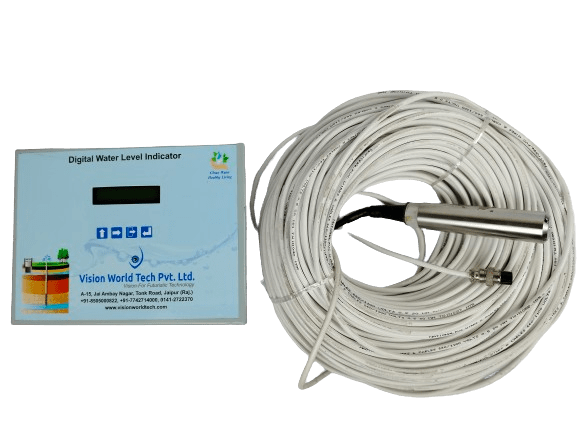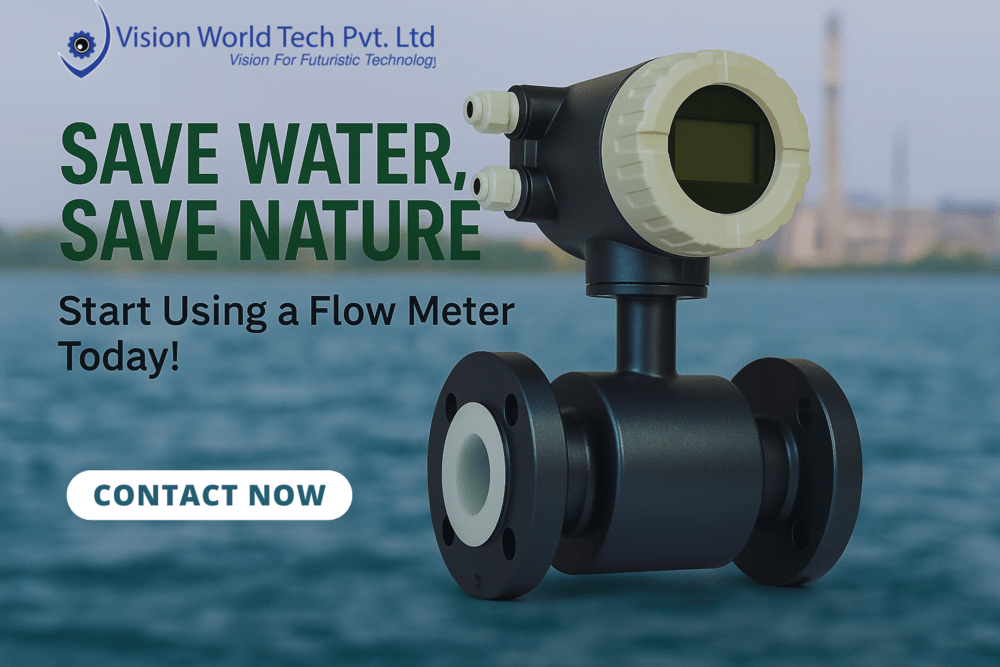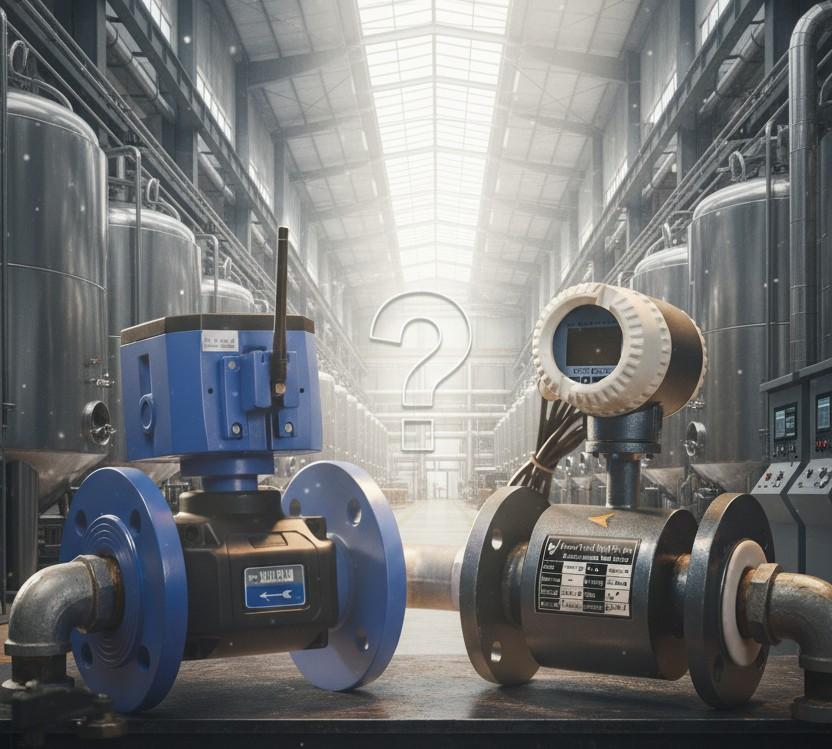In environmental science and engineering, understanding groundwater dynamics is crucial. Piezometers play a vital role in this process, allowing experts to Groundwater Pressure Measurement by Piezometer with DWLR and monitor aquifers effectively. Although this blog will show the functionality of piezometers, and Piezometers Installation Process and Benefits. explore their applications in groundwater pressure measurement, and highlight the technology behind them, including Digital Water Level Recorders (DWLR).
What is a Piezometer?
A piezometer is a device used to measure the pressure of groundwater at a specific point. It typically consists of a small diameter pipe installed vertically into the ground, reaching the water table or deeper aquifers. The primary purpose of a piezometer is to determine the piezometric head, which is a measure of the water pressure within the soil or rock. Piezometers, often used in borewells, employ electrical sensors to measure groundwater pressure. The sensors send data to a data logger, allowing for continuous and real-time monitoring. Piezometers are particularly useful in remote or hazardous locations where manual readings are impractical.

Types of Piezometers
- Standpipe Piezometers
- Standpipe piezometers are the simplest form. They consist of a pipe inserted into the ground, with the open end positioned at the desired measurement depth. Groundwater enters the pipe, and the water level inside the pipe stabilizes at the height corresponding to the groundwater pressure. You can measure this height manually with a tape or electronically with a data logger.
- Vibrating Wire Piezometers
- Vibrating wire piezometers use a vibrating wire sensor to measure the water pressure. The wire within the sensor vibrates at a frequency proportional to the pressure exerted by the groundwater. However, A readout unit converts this frequency into a readable pressure value. These Piezometers deliver accuracy and durability, making them suitable for long-term monitoring projects.
- Electric Piezometers
- Electric piezometers, often used in borewells, employ electrical sensors to measure groundwater pressure. The sensors send data to a data logger, allowing for continuous and real-time monitoring. Electric piezometers are particularly useful in remote or hazardous locations where manual readings are impractical.
Key Components
- Filter Tip: Prevents soil particles from entering the piezometer and ensures that the system measures only groundwater pressure.
- Standpipe/Body: The main structure that houses the sensor or allows water to rise to the measurement point and so on.
- Data Logger (for electric piezometers): Records and stores data for analysis.
Installation Process
Drilling:
The first step involves drilling a borehole to the desired depth where groundwater pressure needs to be measured.
Placement:
The piezometer is then carefully inserted into the borehole to measure fluid pressure. For standpipe piezometers, which consist of a simple pipe system, the pipe is placed with its open end precisely at the measurement point to allow groundwater to enter. For vibrating wire and electric piezometers, the sensor, equipped with advanced technology to provide accurate readings, is positioned at the required depth to capture precise pressure data. These instruments are crucial in geotechnical and hydrological studies, offering valuable insights into subsurface conditions.
Sealing:
The borehole is sealed around the piezometer to prevent contamination and ensure accurate measurements.
Monitoring:
- Once installed, you connect the piezometer to a data logger or take measurements manually, depending on the type of piezometer used.
- Applications of Piezometers
- Groundwater Monitoring
- Piezometers are indispensable tools for groundwater monitoring. So they provide vital data on water table levels, which is essential for water resource management, irrigation planning, and drought assessment.
- Environmental Engineering
- In environmental engineering, piezometers help monitor the impact of construction activities, waste disposal sites, and mining operations on groundwater levels and quality also.
- Civil Engineering
- In civil engineering, professionals use piezometers to assess soil stability and manage risks associated with landslides, dam constructions, and foundation designs.
- Borewells
- Electric piezometers commonly monitor groundwater pressure in borewells, ensuring efficient water extraction.
Applications of Piezometers
Piezometers are widely used in various fields, including
- Hydrology: To assess groundwater flow and recharge rates.
- Civil Engineering: For monitoring pore water pressure in embankments, dams, and slopes to ensure structural stability.
- Environmental Monitoring: To track contamination plumes and ensure safe groundwater extraction.
DWLR Technology in Piezometers
Digital Water Level Recorders (DWLR) have revolutionized the way piezometric data is collected and analyzed. DWLR technology involves sensors that electronically record water levels at regular intervals, So, providing real-time data and reducing the need for manual measurements. Because this technology enhances the accuracy and efficiency of groundwater monitoring.
Benefits of DWLR Technology
- Real-Time Data: Provides immediate insights into groundwater conditions, essential for timely decision-making.
- Remote Monitoring: Allows for data acquisition from remote or inaccessible locations, reducing fieldwork and Similarly for resource expenditure.
- High Precision: It offers greater accuracy compared to traditional manual methods, improving data reliability.
Conclusion
A thorough understanding of how a piezometer functions can greatly benefit engineers, environmental professionals, and students engaged in groundwater Pressure Measurement and environmental engineering. Whether employing a simple standpipe piezometer or an advanced electric piezometer equipped with a data logger, these instruments deliver crucial data that supports water resource management, soil stability assessment, and environmental monitoring.
For those interested in expanding their knowledge or requiring assistance with installing and using piezometers in their projects.
Please feel free to contact our team of experts. We are ready to guide you through the process and help you maximize the potential of this invaluable tool.
Stay informed for further insights and practical guidance on groundwater monitoring and environmental engineering.

